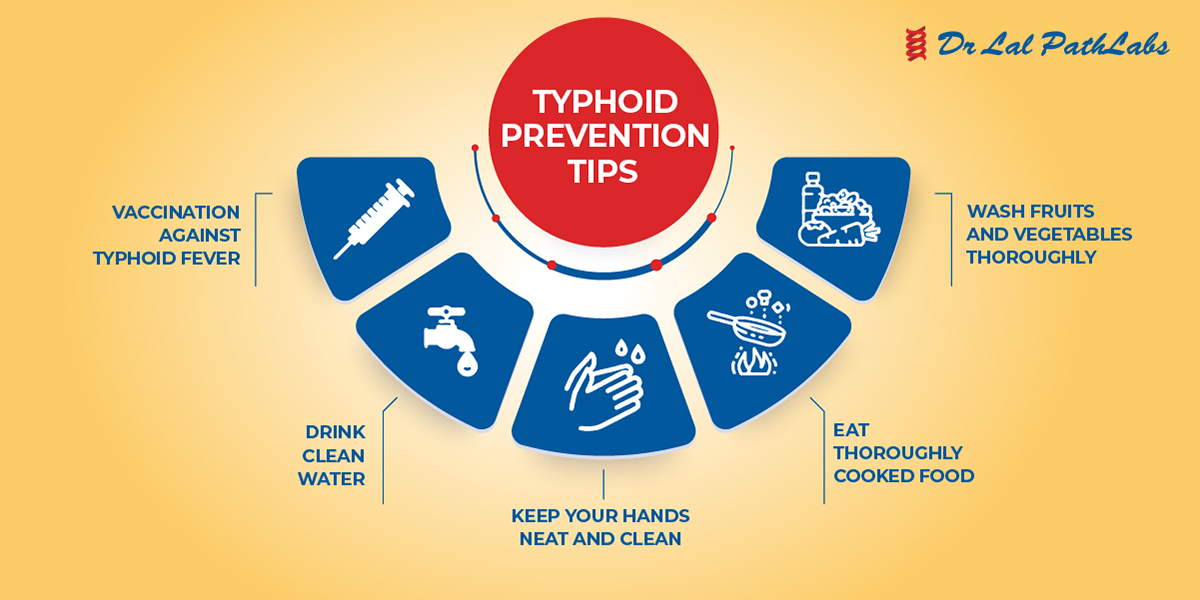
Typhoid fever is a bacterial infection caused by Salmonella typhi, primarily transmitted through contaminated food and water. This disease affects a lot of people and more recently there is an upward trend due to lowered immunity and poor waste management. It particularly poses a threat to those in regions lacking access to clean water and proper sanitation. Typhoid is contagious.
Typhoid is treatable. Early detection and treatment help avoid complications and ensure rapid recovery. Vaccines against Typhoid fever reduce risk and provide protection.
The symptoms of Typhoid are common and can be confusing and overlap with other diseases. Typically, symptoms start appearing 1-3 weeks after exposure to the bacteria. These could include one or several high fever, debilitating headaches, weakness, abdominal discomfort, loss of appetite, constipation or diarrhoea. It is important to consult a healthcare professional for an accurate diagnosis if symptoms persist.
Individuals at higher risk of contracting Typhoid fever include:
Doctors will conduct a physical examination, recommend tests to diagnose the condition, and look for indicators like abdominal tenderness, enlarged spleen and liver, swollen lymph nodes and a rash known as rose spots. A culture test is most common which determines the growth of the bacteria. Diagnostic tests include:
Treatment for Typhoid fever generally involves antibiotics with supportive care such as adequate hydration, rest and fever-reducing medications. Isolation precautions must be followed to prevent transmission to others, especially during the acute phase of the illness. In severe cases, hospitalisation may be required for close monitoring.
These are as relevant for caregivers as for patients.
Typhoid can be prevented by:

Typhoid can be prevented. If you get infected, early diagnosis will help get treatment and guide recovery. You have to be careful that you do not transmit the bacteria to others.